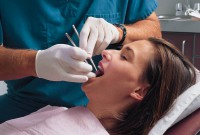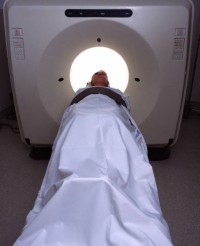
There’s nothing rosy about having cancer. But new cancer treatments, cancer vaccines, integrated immunotherapy, cytokine cell therapy and gene-targeted cancer therapies have increased cancer survival rates dramatically and appear to hold the keys that may lead to future cancer cures. Alternative cancer treatments offer new hope even when traditional treatments fail.
With real potential for long-term cancer remission, there is value in maintaining a positive and hopeful attitude. The connection between mind and body is not fully understood, but we do know that a positive attitude can promote healing and reduce the negative effects of stress on the immune system and general physical and mental health.
Finding ways to relieve cancer stress and maintain a positive attitude may make a difference in your ability to fight cancer successfully. When cancer gets you down, use these suggestions to boost your spirits:
- Move your body. To release negative emotions, do the chicken dance with your kids or tune in the soundtrack to Stomp and stomp around or drum on pots and pans.
- Focus your attention. Engage in a thought-provoking conversation, learn a language or take up a new hobby. New challenges force the mind to focus on the task at hand.
- Have a good sob. Tears have a cleansing effect on the psyche. Rent a tearjerker and cry until you’re spent.
- Notice the world around you. Look out the window, go for a drive or walk and tune into the world’s funny quirks and compelling beauty.
- Tap into your creative side. Exercising your imagination is energizing and releases joy.




